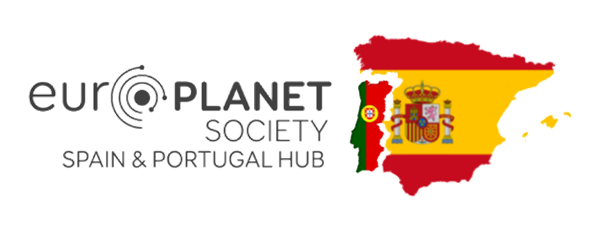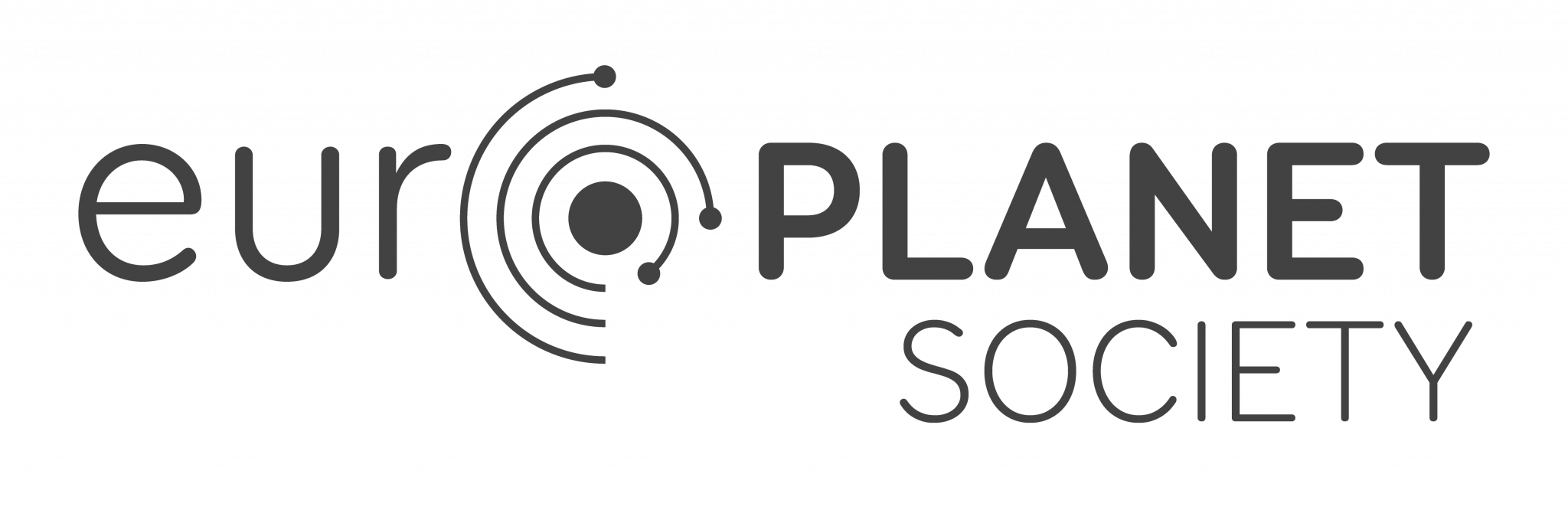Join
Europlanet Society
Scientific
Conferences
Planetary Sciences
in Spain and Portugal
Members
Europlanet Society
Outreach
Activities
Facilities
Ground Based Telescopes
Space
Exploration
Professional
Community
Industry
& Stakeholders
Amateur
Community
News
There are no articles in this category. If subcategories display on this page, they may have articles.





